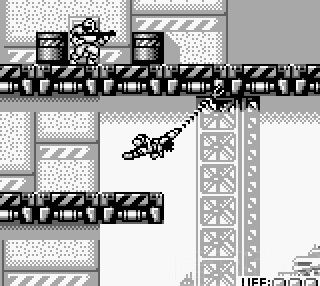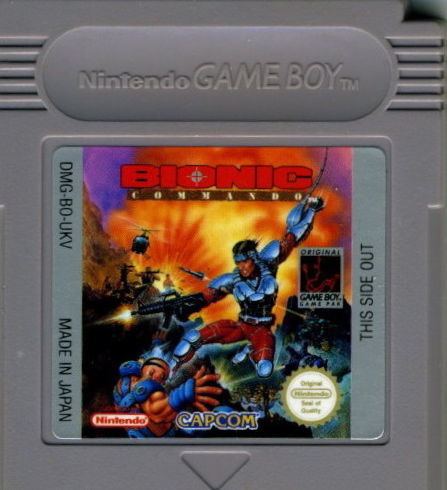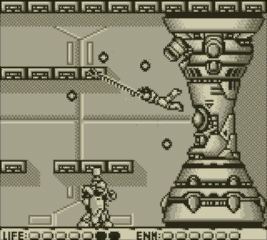8 /10 1 Votes
Composer(s) Kouji Murata Engine Proprietary Developer Capcom Mode Single-player video game | 8/10 IGN Series Bionic Commando Initial release date 1992 Genre Platform game Platforms Game Boy, Nintendo 3DS | |||||||||||||||||||||||||||||||||
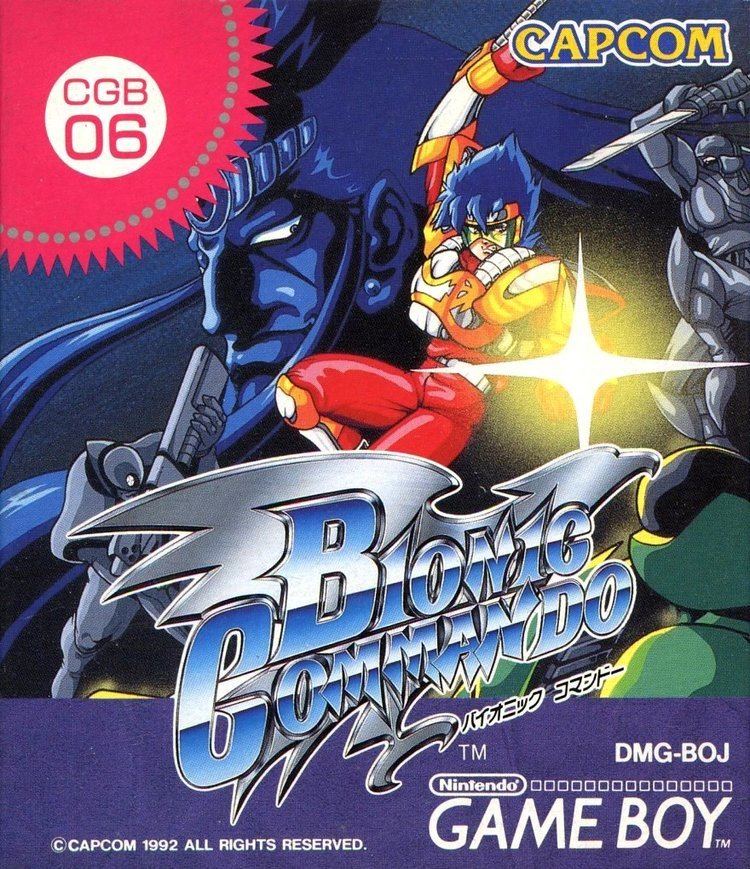 | ||||||||||||||||||||||||||||||||||
Release date(s) Game Boy
NA: September 1992
JP: July 24, 1992
EU: 1992
3DS Virtual Console
INT: December 29, 2011
JP: November 16, 2011 Publishers Capcom, Capcom U.S.A., Inc. Similar Commando, Bionic Commando Rearmed, Crisis Force, Bionic Commando Rearmed 2, Abadox | ||||||||||||||||||||||||||||||||||
Bionic Commando (バイオニック コマンドー) is an action platform game released by Capcom for the Game Boy in 1992. It is an adaptation of the Nintendo Entertainment System version of Bionic Commando, changing the present day setting of the NES version into a futuristic sci-fi one.
Contents
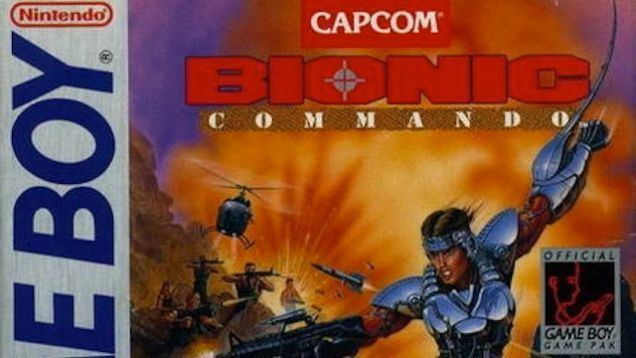
Plot
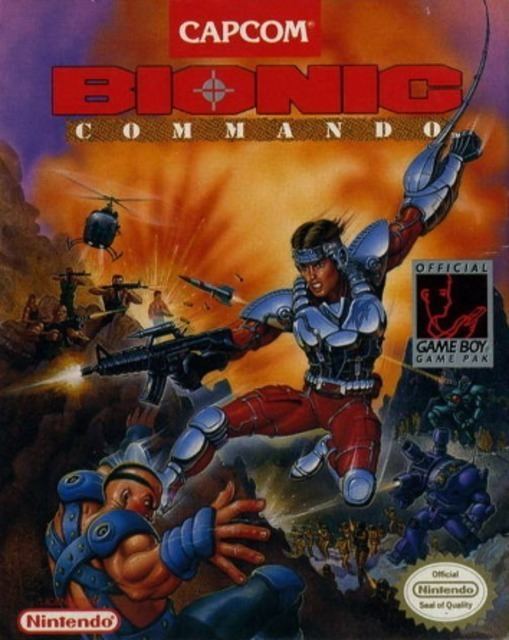
The Game Boy version follows the same plot as the NES version, changing the present-day setting of the NES version with a futuristic one. The player takes the role of Rad Spencer (Ladd in the original NES version), an agent of the FF Corps (the FF Battalion in the NES version), whose mission is to rescue his ally Super Joe from the Doraize Army and prevent their leader, Director Wiseman (named after the Weizmann character from the Japanese Famicom game, who was renamed Killt in the NES localization), from the Doraize Army's secret project codenamed Albatross
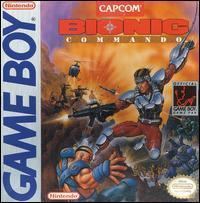
This version also shifts the military theme present in the original to a more sci-fi territory. The uniforms and helmets of the enemies are changed for futuristic armors and "spiky" hair. This version also adds a more modern cinema-like opening and ending sequences. These sequences and character drawings in the in-game dialogues, making the Game Boy version more story oriented.
Gameplay
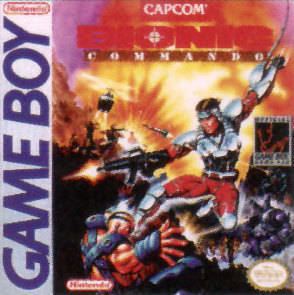
Like the NES version, the player must navigate through the overworld map to move from level to level with a transport helicopter, called "DX-3 Turbocopter". A difference from the NES version are the player's encounters with enemy transport vehicles. While on the NES version, these encounters featured a top-down interface, on the Game Boy version, they remain side-scrolling like the rest of the game.
